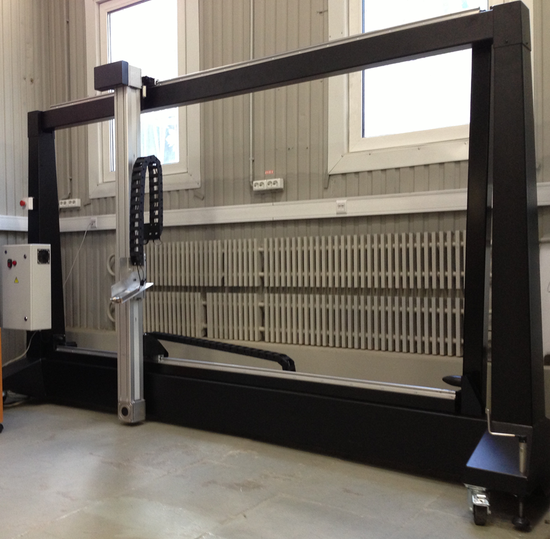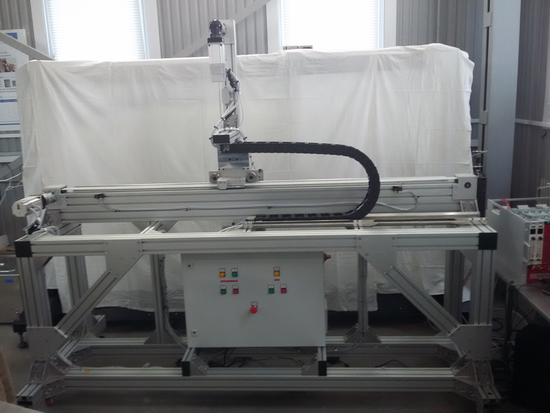Scientists create measuring system for quality control of new detectors on LHC

The main aim of current experiments at the Large Hadron Collider (LHC) is to study fundamental properties of matter. With the help of proton-proton collisions, a precise study of the Standard Model and properties of the recently discovered Higgs boson is conducted along with the search for other particles and interactions beyond the Standard Model. The conditions necessary for the creation of new physical objects such as supersymmetric particles, new hard vector bosons, dark matter etc. are reached only in the collision of superhigh energy colliding beams.
The next step in the ambitious CERN project is the creation of a supercollider that allows raising the intensity of proton-proton collisions by 10 times, under the energy of 14 TeV. The launch of the super LHC will be conducted by consecutively bringing online several new elements of at the CERN accelerator complex and a series of technical improvements that are planned for 2017-2020 and 2024-2025.
In particular, the modernization program for the ATLAS experimental facility comprises the replacement of the inner track detector, reconstruction and enlargement of the muon spectrometer, modernization of the first-level trigger system and many other systems. Researchers also plan to replace the first group of detectors of the butt end of the ATLAS muon spectrometer – the so-called "Small Wheel," which should guarantee the reconstruction of muon tracks with high precision and at the same time provide experimental data for the trigger of the first-level system. The integrity level planned in the design of the NSW supposes the detectors' no-failure operation in the field of high radiation background for more than 10 years.

The quality control of the detectors' assembly is an important stage in the production process, on which the future of the experiment depends. Specialists of MEPhI in cooperation with colleagues of LPI and SINP MSU have worked out and manufactured measuring complexes for the system of quality control of the production of the detectors of the future NSW. This complex is the station of the test radiation and measuring of detectors' control parameters on the basis of automated X-ray scanning. It will be used for the production of the new detectors and their final assembly into modules. With the help of measuring equipment, it will be possible to fulfill quality control in manufacturing areas while making detectors for NSW in Canada, Chili, Israel, China and Russia.
Provided by National Research Nuclear University




















